Would you like to know what to plant under the eaves of your house? Well, we have researched this question and have answers for you. It's vital to understand what can be grown under the eaves of your home to avoid damaging it.
The best plants to grow under the eaves of your house are plants that tolerate shade and have shallow roots to avoid damaging the foundation of your home. Here is a list of nine plants that grow great under the eaves of your house.
- Aspidistra
- Hostas
- Lavender
- Lily of the Valley
- Mint
- Pachysandra
- Periwinkle
- Petunia
- Rhododendrons
In this article, we will learn what to plant under the eaves of your house. We will also learn the answers to other interesting related questions, such as what plants grow well around the base of a tree and what plants grow best in full sunlight? Keep reading to learn more.
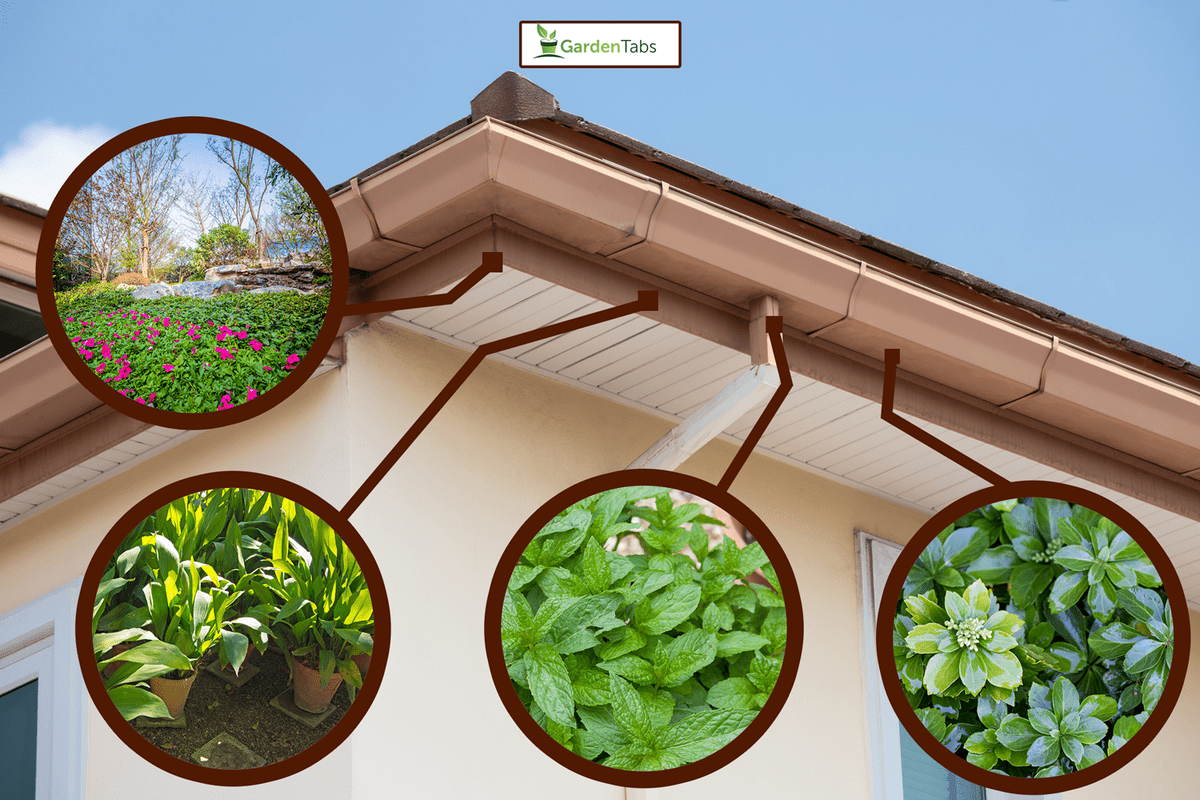
What To Plant Under The Eaves Of Your House
When growing plants under the eaves of your house, they must have certain traits to ensure they don't damage it. The three main traits you want in plants under the eaves of your home are a shallow root system, shade tolerance, and erosion protection.
Let's learn about nine plants that grow great under the eaves of your house and what environments they're suited for.
Aspidistra
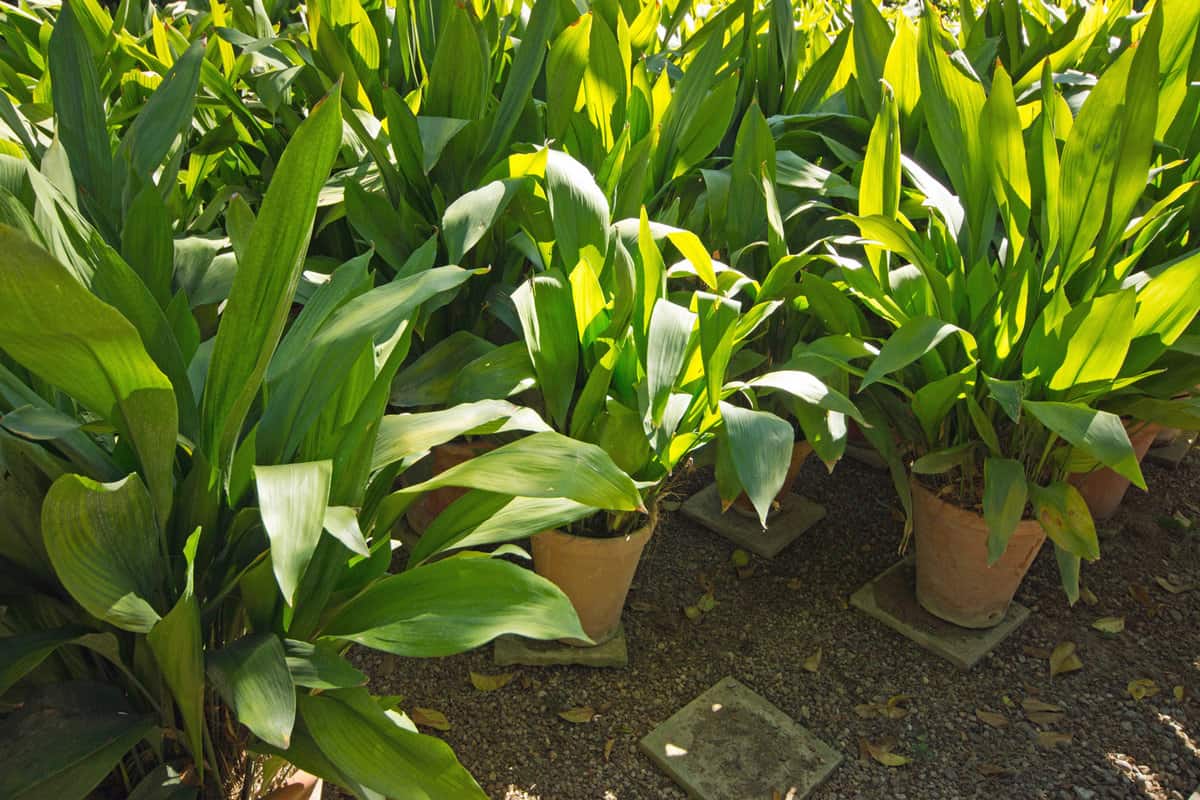
Aspidistra is a large leaf plant that thrives in the shade provided by your house's Eaves. These plants can survive in the darkest corners but cannot handle direct sunlight well.
These plants also have a shallow root system. Aspidistra will not send invasive roots into your home's foundation, so you can plant them close to your home. Its large leaves also help slow roof runoff and prevent erosion from accumulating against your house.
These plants prefer hardiness zones seven to eleven, which means they tolerate winter temperatures as low as zero degrees Fahrenheit. They may be able to handle zone six as well if under the eaves of your house since it will help to block wind chill.
A row of Aspidistra will be functional and grow great under the eaves of your house.
Hostas
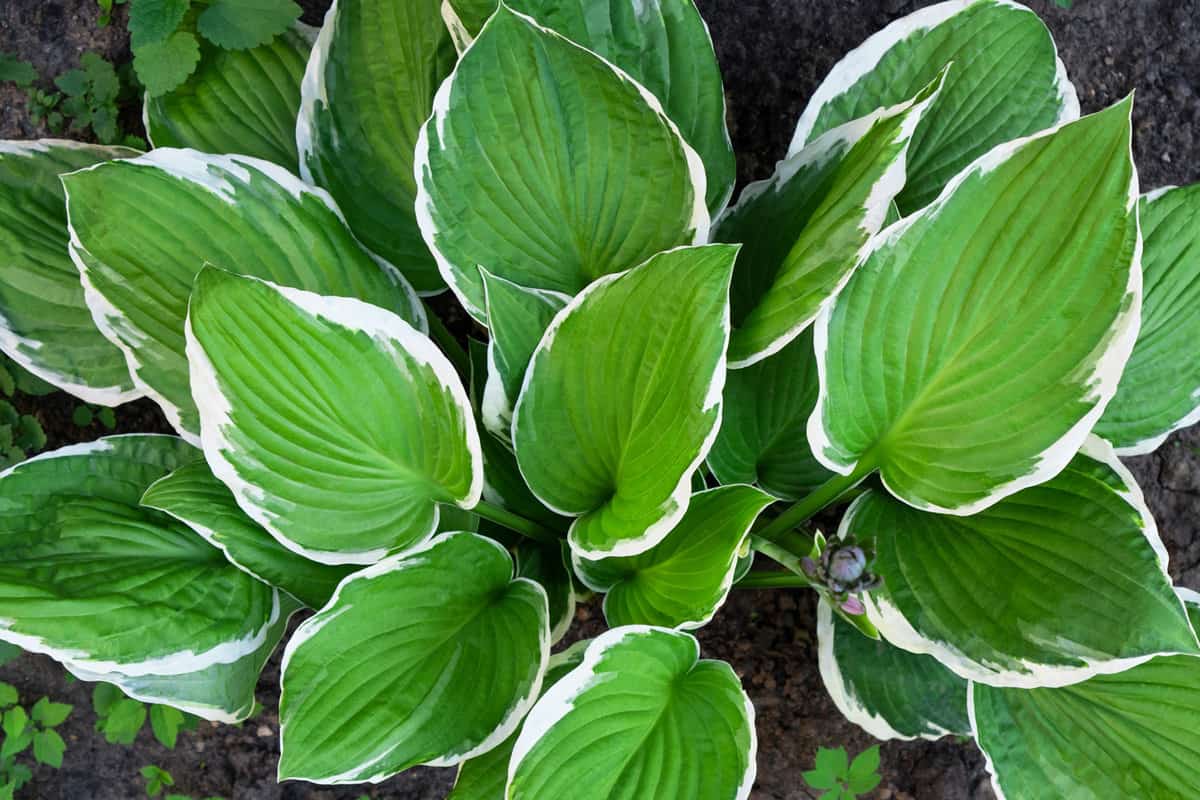
Hostas are vibrant plants that will grow well under the eaves of your house. These plants are well known for their leaves with trim.
They have a shallow root system that won't interfere with your home's foundation, and their roots spread wide, which will help with erosion.
Hostas are also known for tolerating light to heavy shading. You can place these plants in dark areas, and they will thrive.
These cold-tolerant plants grow best in hardiness zones three to eight, which allows them to handle temperatures as low as negative forty degrees Fahrenheit. With such tolerance to cold, Hostas are an excellent plant for under the eaves of your home in even the coldest environments.
Lavender
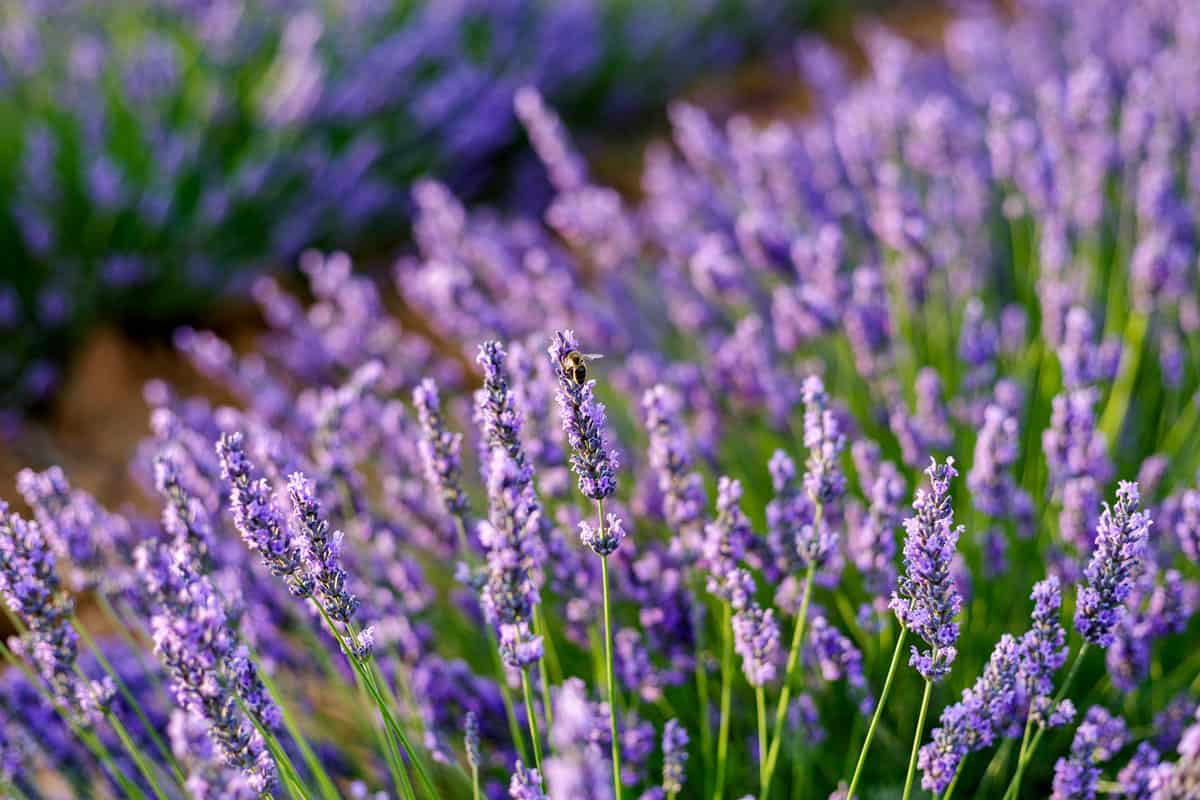
Lavender is best known for its fragrant purple flowers and tolerance to shade. You can plant lavender under the eaves of your house and know limited sunlight won't harm it.
This plant also grows thin shallow roots that won't interfere with your house's foundation. It will also spread to fill in the areas under the eaves of your home to help reduce erosion.
Lavender grows best in hardiness zones five to nine, which allows it to grow in areas with winters as cold as negative twenty degrees Fahrenheit. All of these traits make lavender great for under the eaves of your house.
Lily Of The Valley
Lily of the Valley is another plant that is well suited for under the eaves of your home. These plants can handle the decreased sunlight against your house.
This plant has shallow roots that won't interfere with your home's foundation and will help reduce erosion against your house.
Lily of the Valley can survive hardiness zones three to nine, which let them handle temperatures as cold as negative forty degrees Farrenheit. With such cold tolerance, you can plant these under your house's eaves in the coldest climates.
Mint
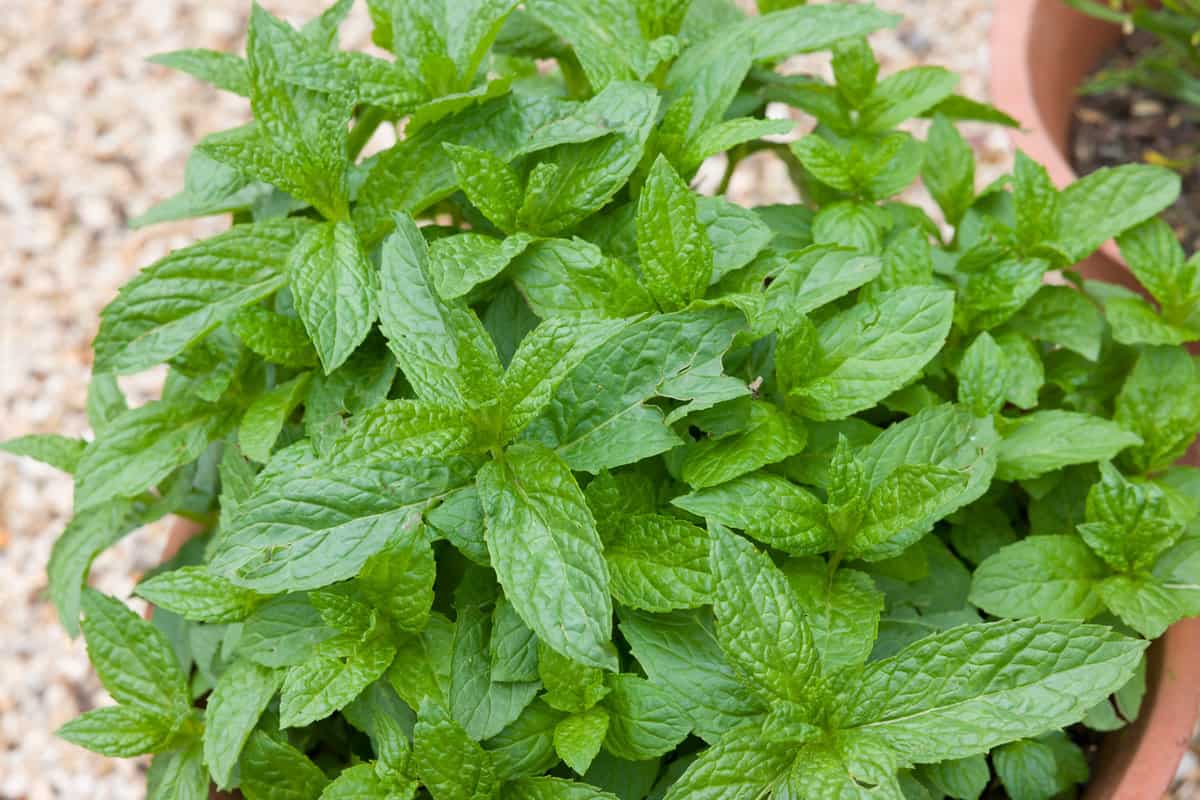
Mint is another plant you can grow under the eaves of your home. There are many varieties of mint that can produce many flavors of tea.
This fragrant plant grows shallow roots that won't damage your home. This herb also spreads to fill in open ground and prevent erosion. Be aware that mint will spread far and wide if allowed to grow unchecked. If planting mint in the ground, be sure to plant it in a container, then in the ground to limit its spread.
Mint is also very tolerant to shady areas, preferring indirect sunlight. Mint is also very tolerant to a wide range of climates from hardiness zones three to eleven.
Pachysandra
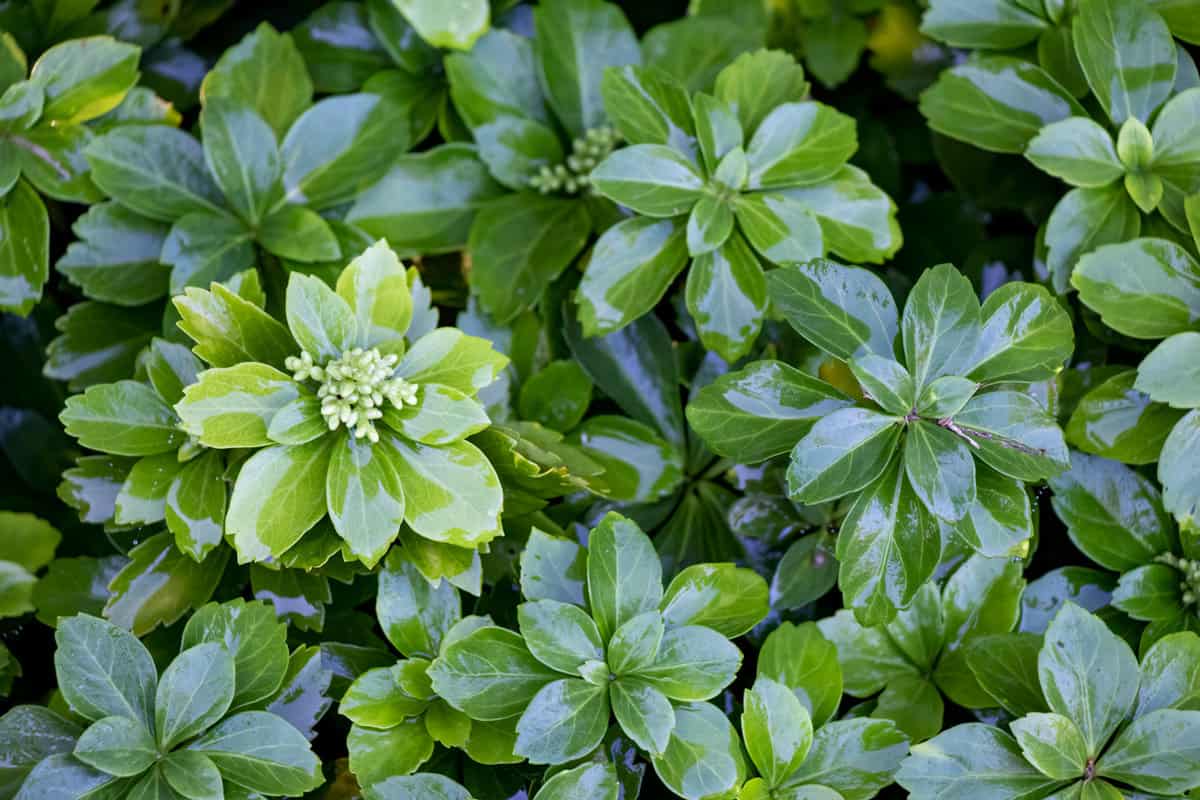
Pachysandra is a hardy ground cover plant that is well suited for under the eaves of your house.
It has a shallow and expansive root system that won't harm your home and will keep runoff from eroding your soil.
These plants are also incredibly resilient, surviving in hardiness zones three to nine. Pachysandra can survive winters and cold as negative forty degrees Fahrenheit and thrive in warm climates.
Periwinkle

Periwinkle is well known as an excellent flowering ground cover plant. These flowers come in various shapes and colors, so finding one that suits you won't be challenging.
Periwinkle spreads wide and keeps its roots shallow, making it great against your home and valuable for erosion control. Much like mint, periwinkle will happily spread everywhere, so be prepared to do a little extra work to keep it from getting out of control!
You can find periwinkle thriving in hardiness zones four to nine, which means it can handle winters as cold as negative thirty degrees Fahrenheit.
Petunia
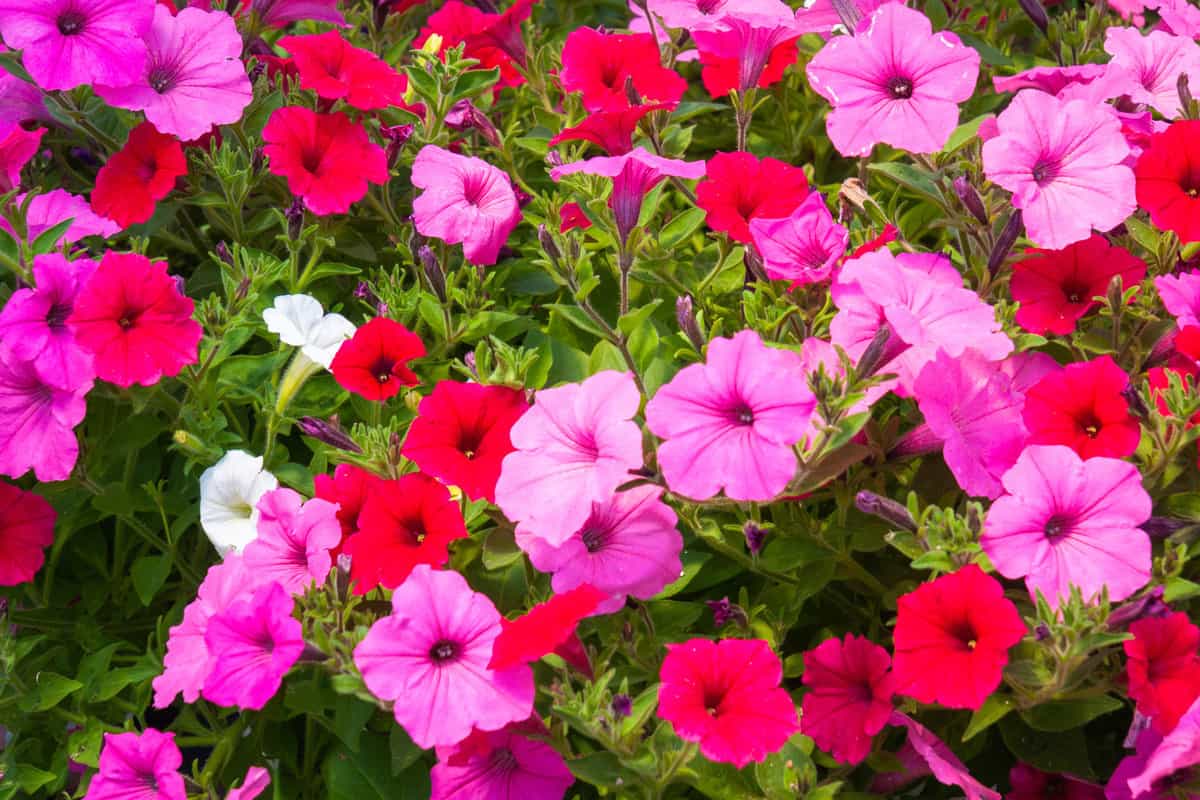
Petunias are beautiful flowering plants that love the indirect sunlight under the eaves of your house. Petunias will also have gentle root systems that won't harm your home, and come in many colors, making them perfect for accenting your house's paint, no matter its color.
One drawback to petunias is their intolerance to cold. Petunias can't survive in hardiness zones below nine. You must replant your Petunias yearly if you live in an area with winters below freezing.
Rhododendrons
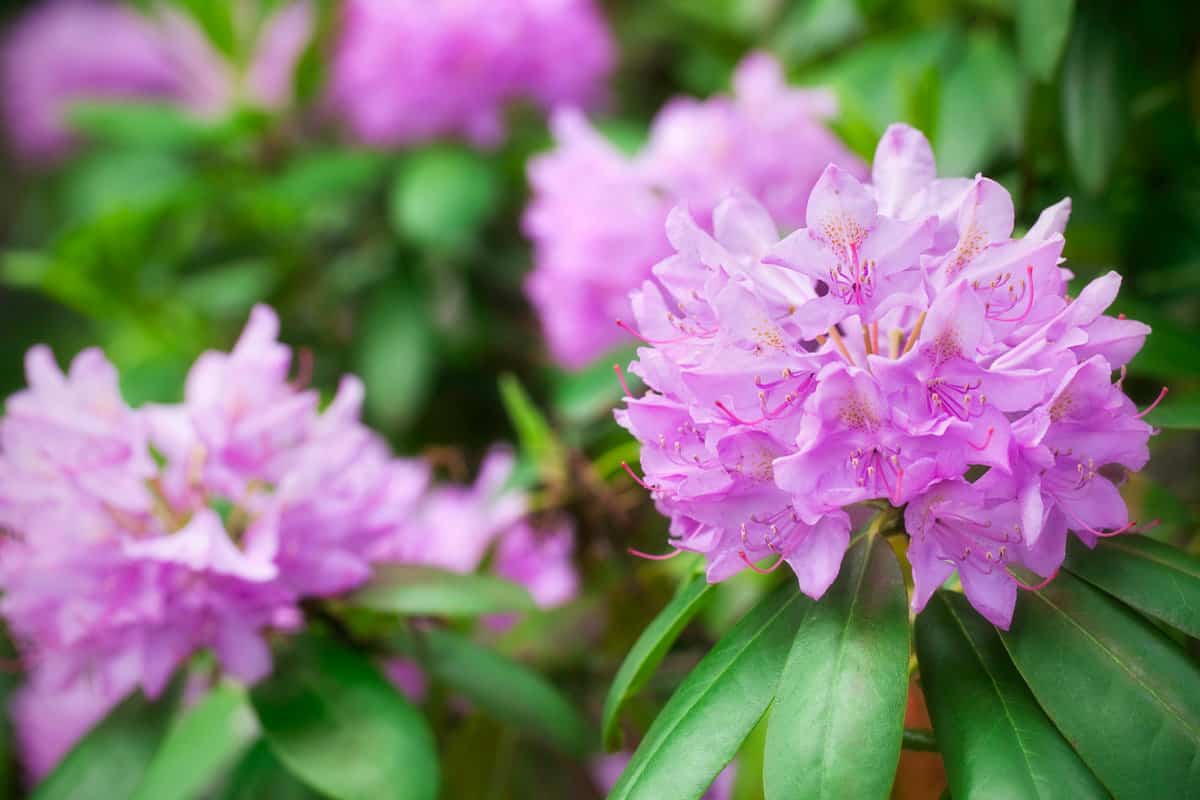
Rhododendrons are a great flowing plant that likes the shady conditions under the eaves of your house. These plants will also help to lessen the impact of water pouring off your roof to decrease erosion.
They like to live in hardiness zones four to eight, which means they can handle temperatures as cold as negative thirty degrees Fahrenheit.
What Plants Grow Well Around The Base Of A Tree?
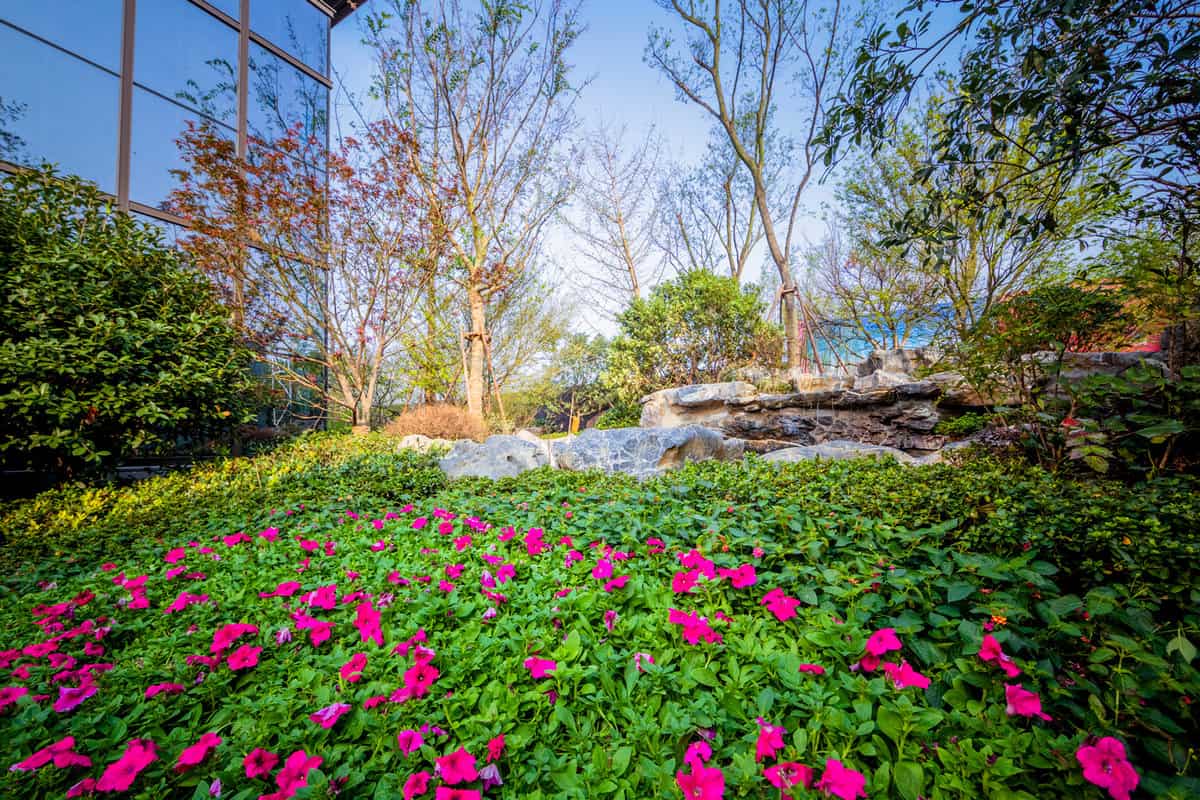
When choosing a plant to grow around the base of a tree, you will want to ensure it will like its environment and won't interfere with the tree. These conditions mean that all the plants that grow well under the eaves of your house will also be great around the base of a tree.
Here are a few additional plants that will grow well around the base of a tree.
Bleeding Heart

Bleeding heart is best known for its dramatic flowers that look like bleeding hearts. This flowing plant prefers the indirect sunlight found under a tree. These plants also have shallow roots that won't harm the tree.
Primrose

Primrose is well known for its variety of colors. These plants survive well in the shade of a tree and have shallow roots that won't interfere with it.
Sage
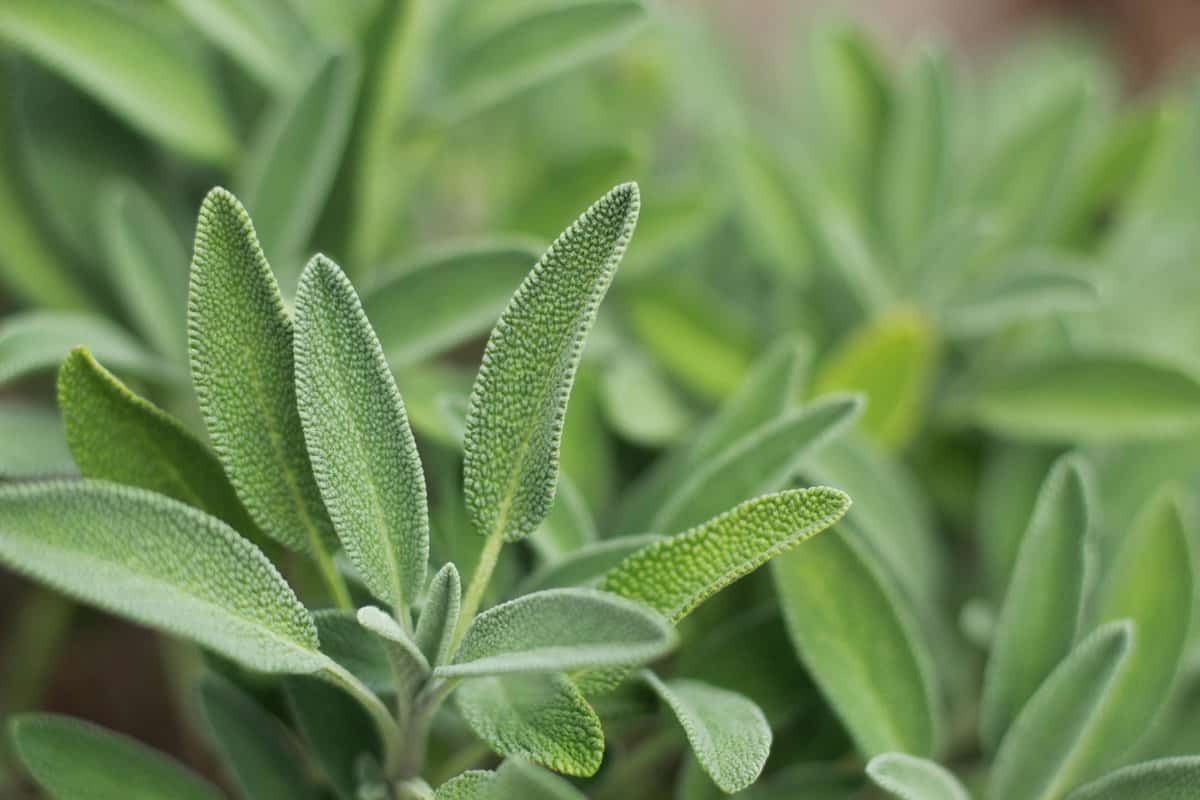
Sage is well known for its flowers and uses in spiritual rituals. This plant likes the shady environment under a tree and has a shallow enough root system to avoid damaging it, making it an excellent plant for growing around the base of a tree.
What Plants Grow Best In Full Sunlight?
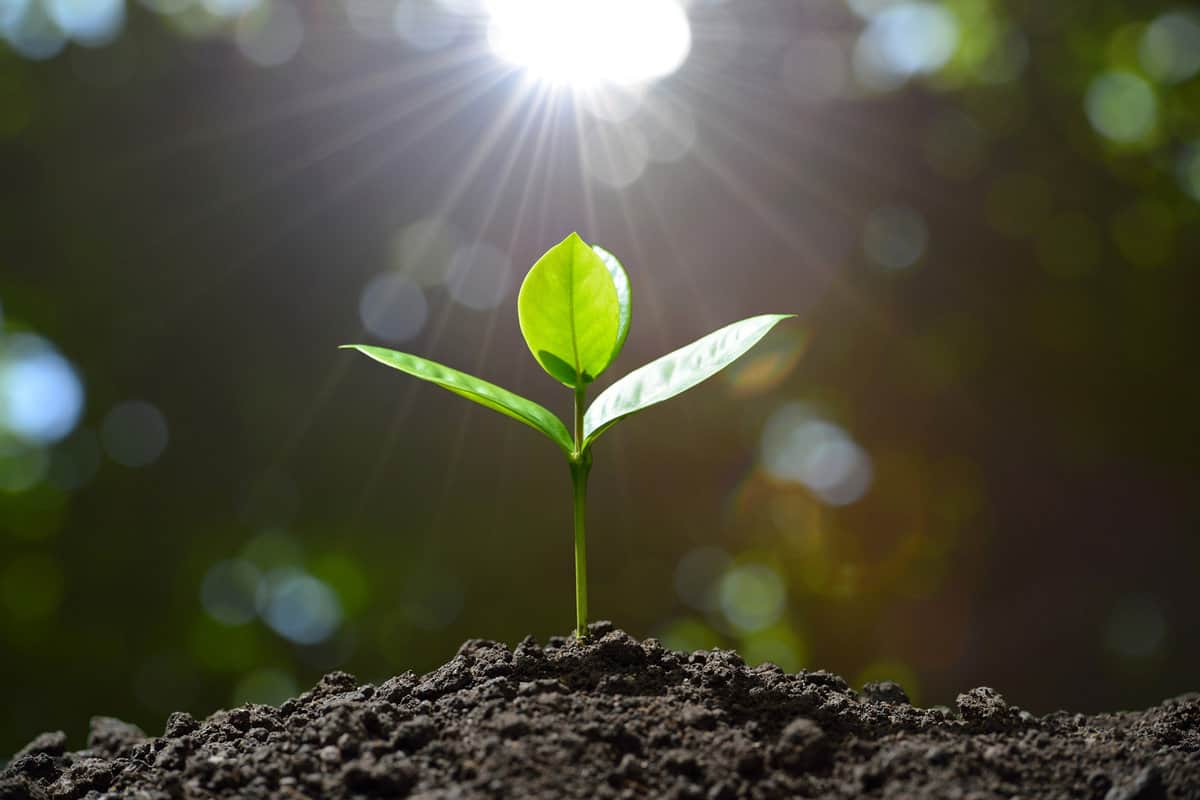
While some plants like shade, many prefer the full strength of the sun. The list of plants that grow best in full sunlight is inexhaustible, but here are three of the best full sunlight plants that can help fill an empty area in your yard.
Butterfly Bush

Butterfly Bushes are best known for their large bushels of flowers in various colors. These plants like large amounts of sunlight, so use them to fill bright areas around your home.
Lantana
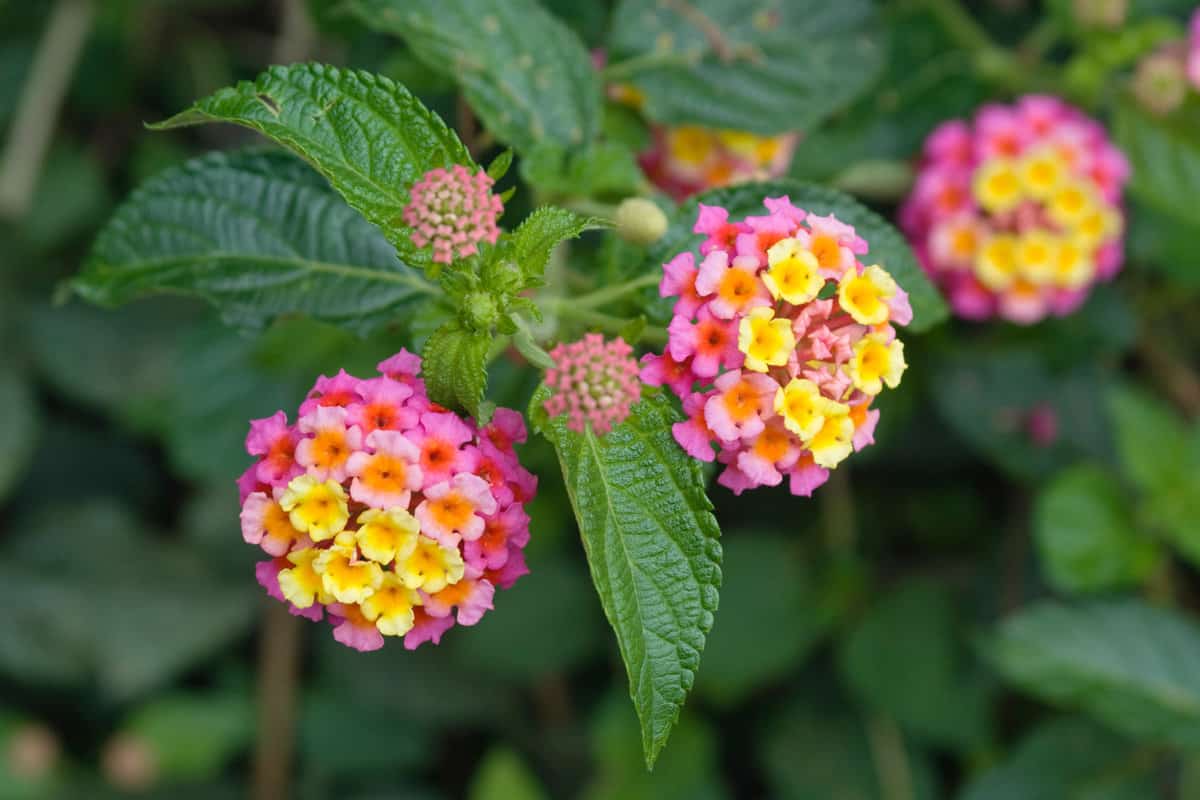
Lantanas are known for their beautiful flowers that come in various colors. These flowering plants love direct sunlight and will fill any area that receives lots of sunlight.
Oleander
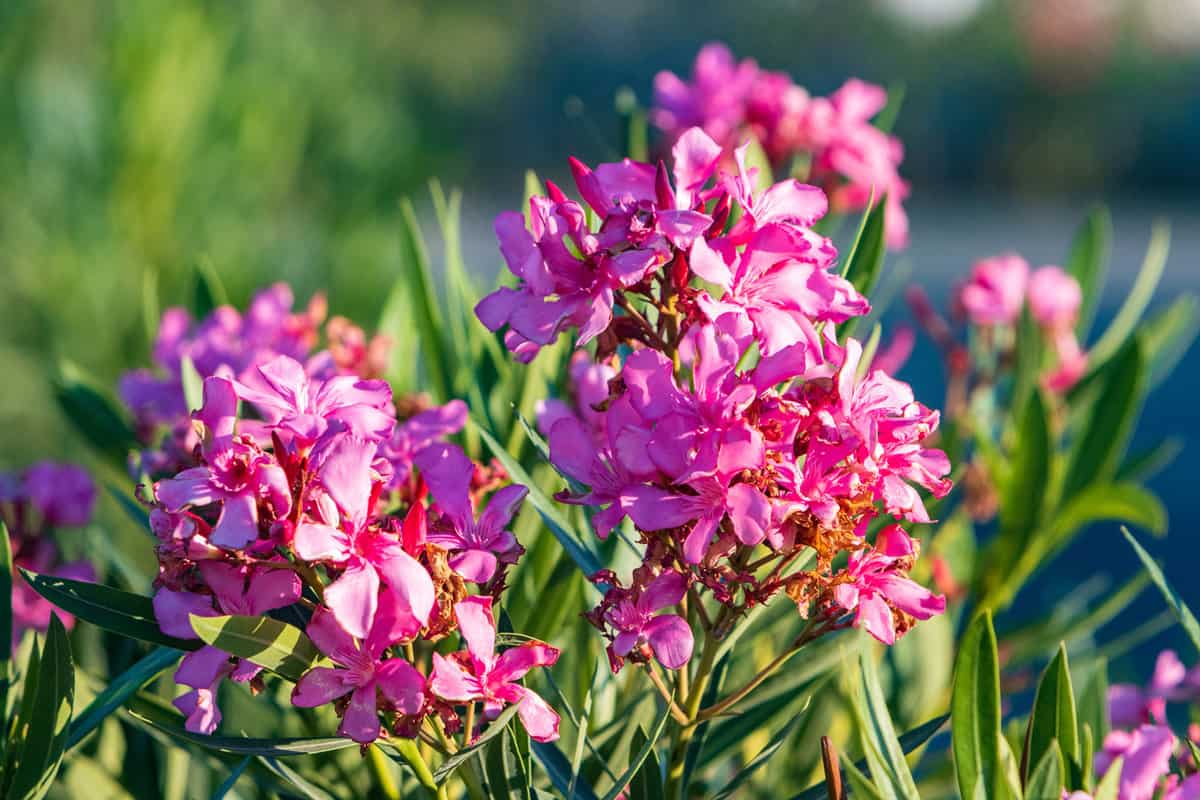
Oleander is a beautiful filler plant for full sunlight areas. These plants are best known for their flowers, which range in color from white to burgundy, and their toxic nature. Oleander is very toxic, so plant them away from children and animals.
Final Thoughts
In this article, we learned about nine plants that grow great under the eaves of your house. We also learned about plants that grow well around trees and in direct sunlight.
Remember, if you grow Oleanders keep children and pets away from them due to their toxic nature.
We hope you enjoyed this article. If you want to learn more, check out some of these other posts.
